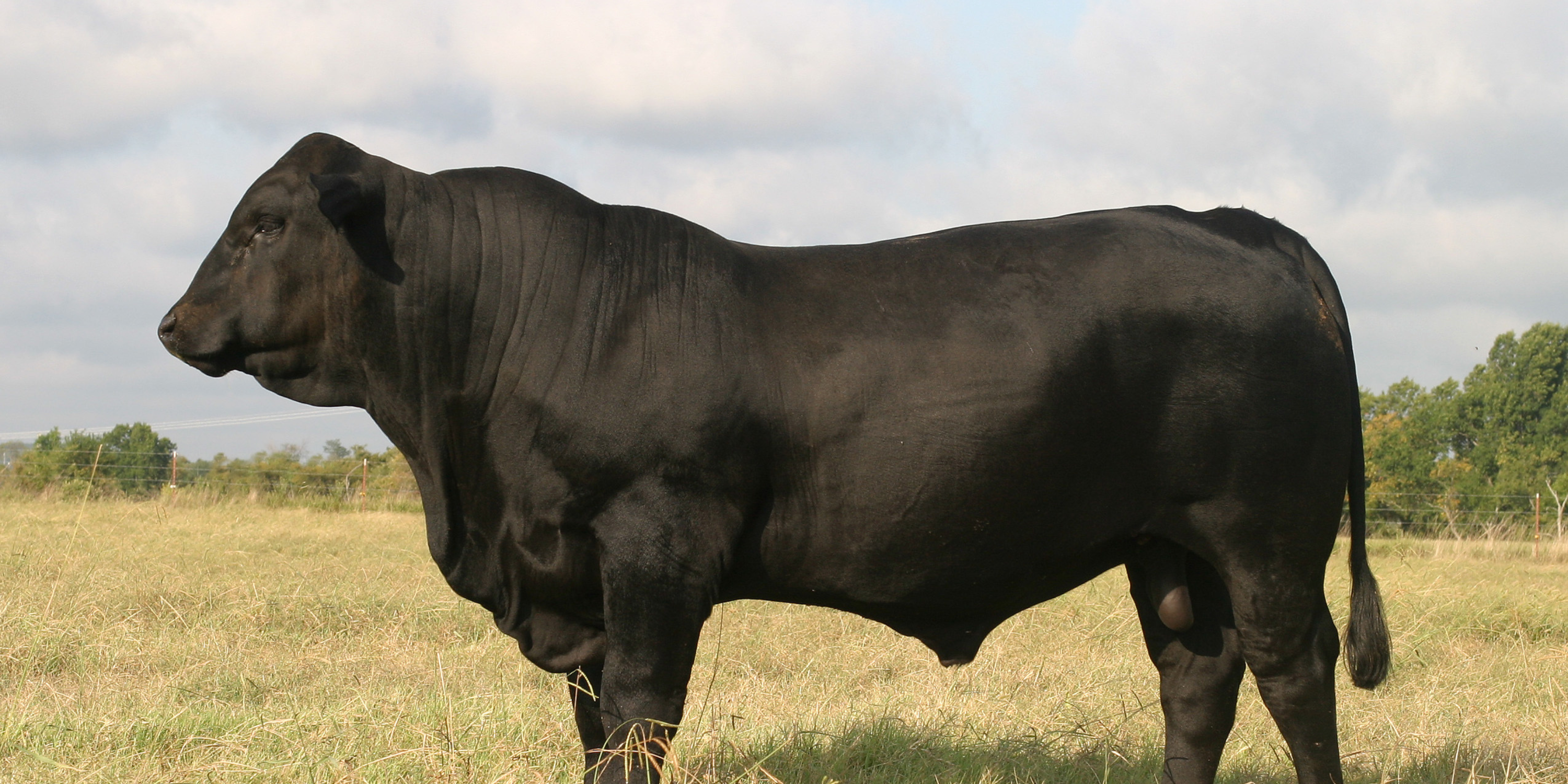
The Best of Both Worlds: A Spotlight on Brangus Cattle
Blending the marbling and maternal strengths of Angus with the heat tolerance and hardiness of Brahman, Brangus cattle represent a harmonious hybrid designed for performance in challenging environments. From humid subtropics to temperate pastures, Brangus thrive where purebred breeds might falter—offering producers a resilient, efficient, and quality-driven option. In this post, we’ll explore the origins, signature traits, and modern uses that make Brangus one of the most versatile beef breeds in the Americas.
Origins and History
-
Hybrid Genesis
Developed in the mid-20th century, Brangus cattle are a deliberate cross of 5/8 Angus and 3/8 Brahman genetics. Breeders sought to capture the prized beef quality of Angus and combine it with the tropical adaptability of Brahman. -
Formal Recognition
The breed was officially recognized in 1954 with the formation of the American Brangus Breeders Association (ABBA). Since then, Brangus populations have spread throughout the southern United States, Mexico, Brazil, and Australia.
Defining Traits
-
Heat & Humidity Tolerance
Inherited from their Brahman ancestry, Brangus possess loose skin, sweat gland density, and hair characteristics that facilitate cooling—ideal for sultry climates. -
Superior Carcass Quality
Thanks to their Angus influence, Brangus cattle exhibit excellent marbling and meat tenderness, earning premiums in branded-beef programs. -
Natural Polled
Brangus are born hornless, reducing handling risks and eliminating dehorning procedures. -
Parasite Resistance
The tick and fly resistance of Brahman genetics translates to lower parasite loads and reduced chemical interventions. -
Maternal Excellence
Brangus cows combine Angus milk production and nurturing instincts with Brahman longevity and fertility, raising vigorous calves year after year. -
Adaptable Frame
Medium-to-large size ensures adequate muscling and growth without the calving difficulties sometimes seen in overly large continental breeds.
Brangus in Modern Production
-
Seedstock Programs
Breeders focus on enhancing feed efficiency, carcass traits (marbling score, ribeye area), and structural soundness—supplying bulls and semen to commercial herds seeking climate-resilient genetics. -
Commercial Crossbreeding
As a maternal dam or terminal sire, Brangus contribute hybrid vigor in crossbreeding systems, improving fertility, survivability, and weight gains in first-generation calves. -
Grass‑Finishing & Pasture Systems
Their combined foraging ability and heat tolerance make Brangus well-suited for grass-fed and extensive pasture operations in the South and tropics. -
Branded-Beef Programs
Many branded-beef initiatives promote Brangus-influenced beef for its balance of flavor, tenderness, and production sustainability—appealing to consumers and chefs alike.
Economic and Environmental Advantages
-
Reduced Input Costs
Lower veterinary bills (fewer parasites), minimal cooling infrastructure, and efficient foraging translate into strong returns on investment. -
Enhanced Profitability
Premium carcass traits coupled with resilience reduce losses to heat stress, disease, and poor pasture conditions. -
Sustainable Adaptation
Brangus success in marginal environments supports land stewardship and reduces the need for grain-based feeds and intensive management. -
Longevity & Lifetime Productivity
Brangus cows often remain productive well into advanced ages, lowering replacement rates and associated costs.
Conclusion
By marrying the best genetics of Angus and Brahman, Brangus cattle deliver a winning combination of quality, adaptability, and efficiency. Whether you’re facing the blazing summers of the Gulf Coast, the tick-infested pastures of the subtropics, or the rolling grasslands of the Plains, Brangus offer a proven solution—ensuring beef production that’s as resilient as it is rewarding. For producers seeking a hardy, high-performing herd, the Brangus shines as the true “best of both worlds.”
Share


